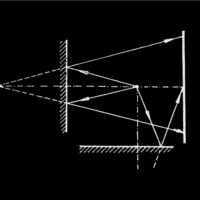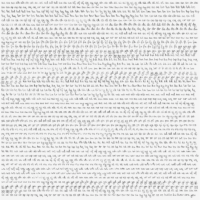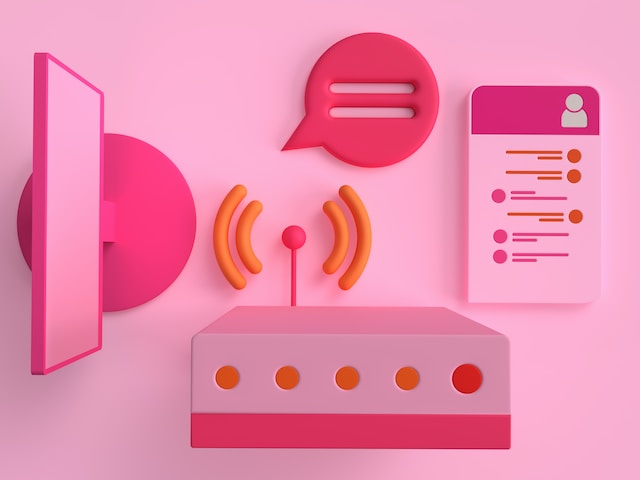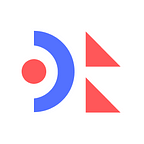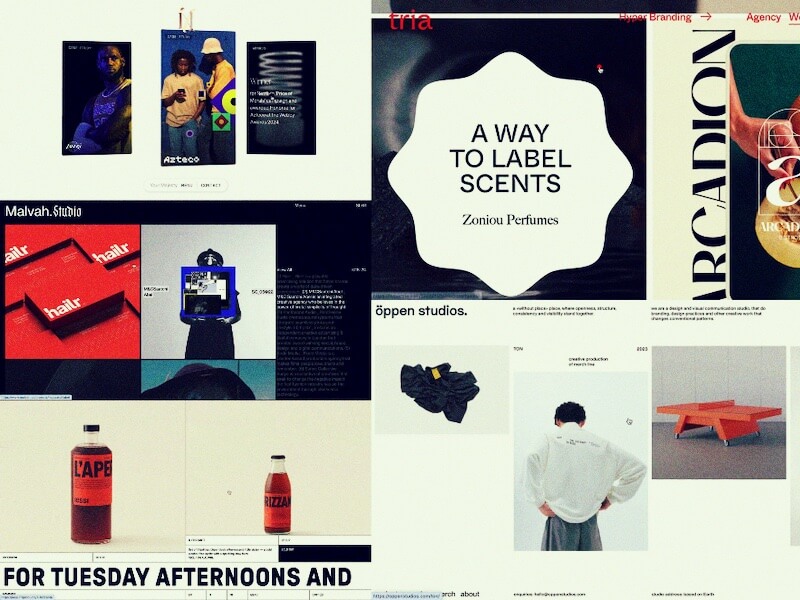
Inspiring Hover Effects
A set of diverse image effects that reveal some more information on hover. Today, we’re back with some nice design finds: hover effects on images. These effects enhance images by revealing additional details upon hover. Highlighting the diversity within, we collected various approaches, some without animation. Explore this versatile set—I hope you find it both inspiring and enjoyable! Malvah Studio öppen studios ATID IESSI Snelling Hyper Tria Akaru Anteverti Akaru Aggressive 23bis Your Majesty Haus TWYG Skincare I hope you enjoy this collection and find it inspiring! Tagged with: hover inspiration Manoela Ilic Manoela is the main tinkerer at Codrops. With a background in coding and passion for all things design, she creates web experiments and keeps frontend professionals informed about the latest trends. » Read More
Like to keep reading?
This article first appeared on tympanus.net. If you'd like to continue this story, follow the white rabbit.
